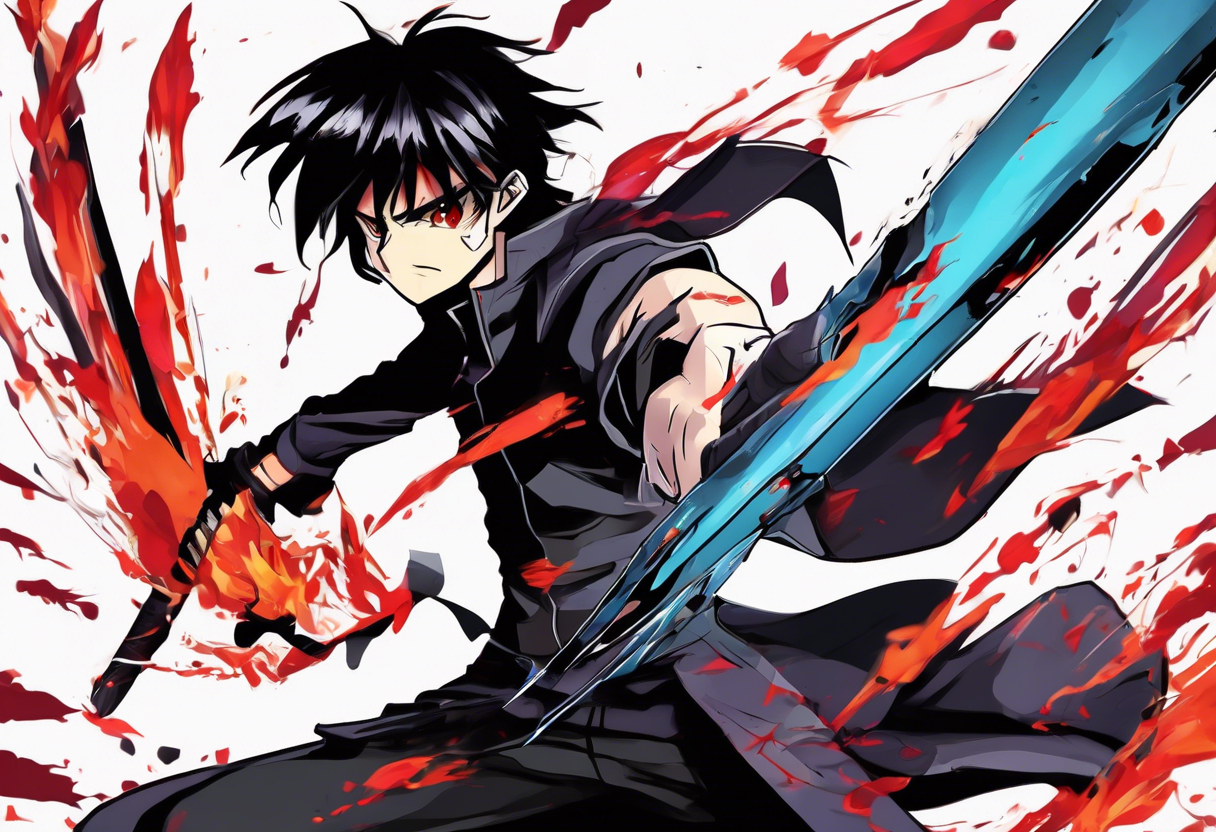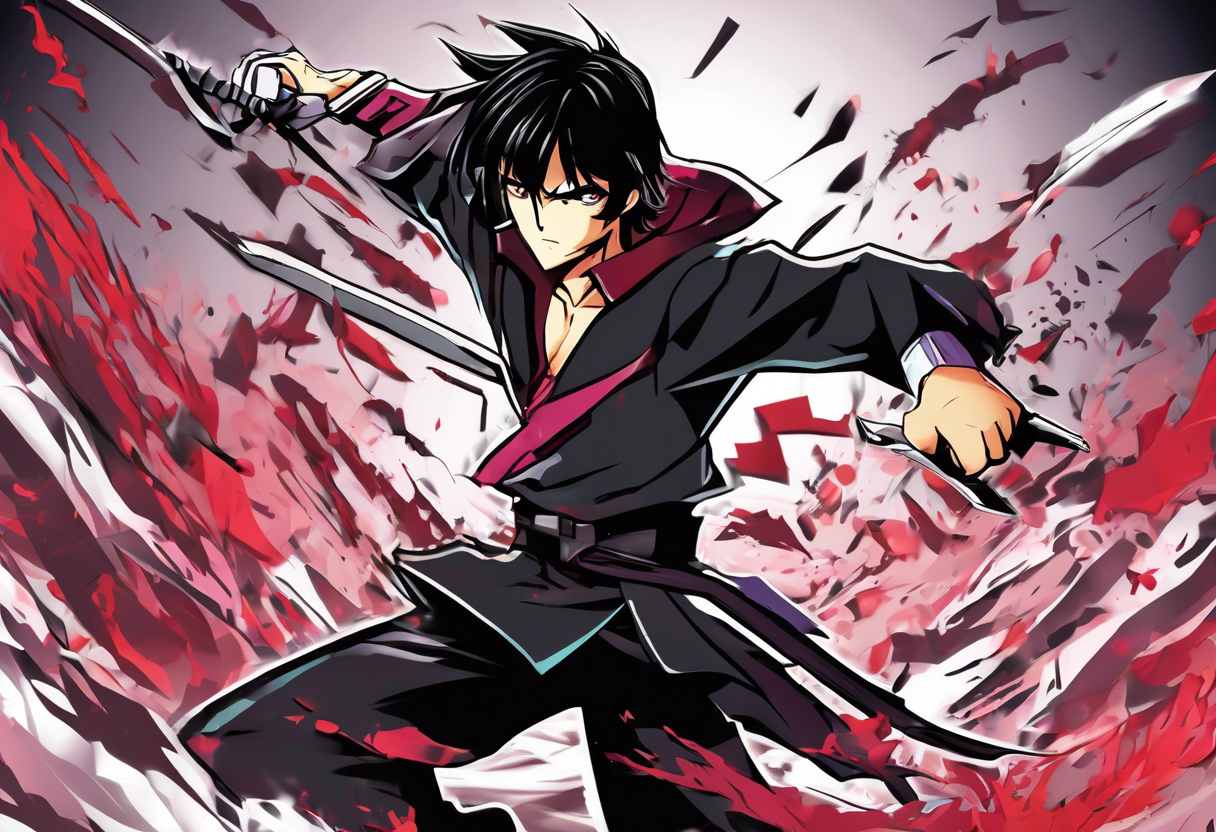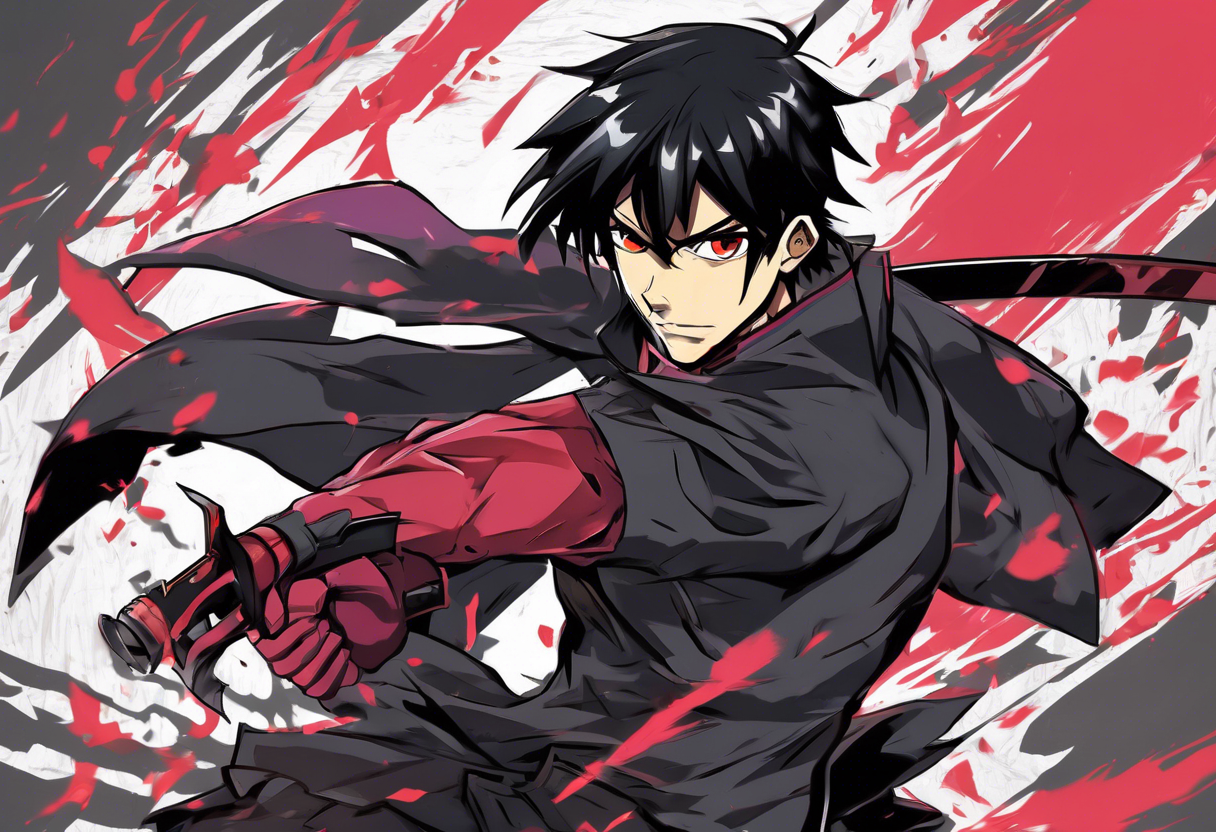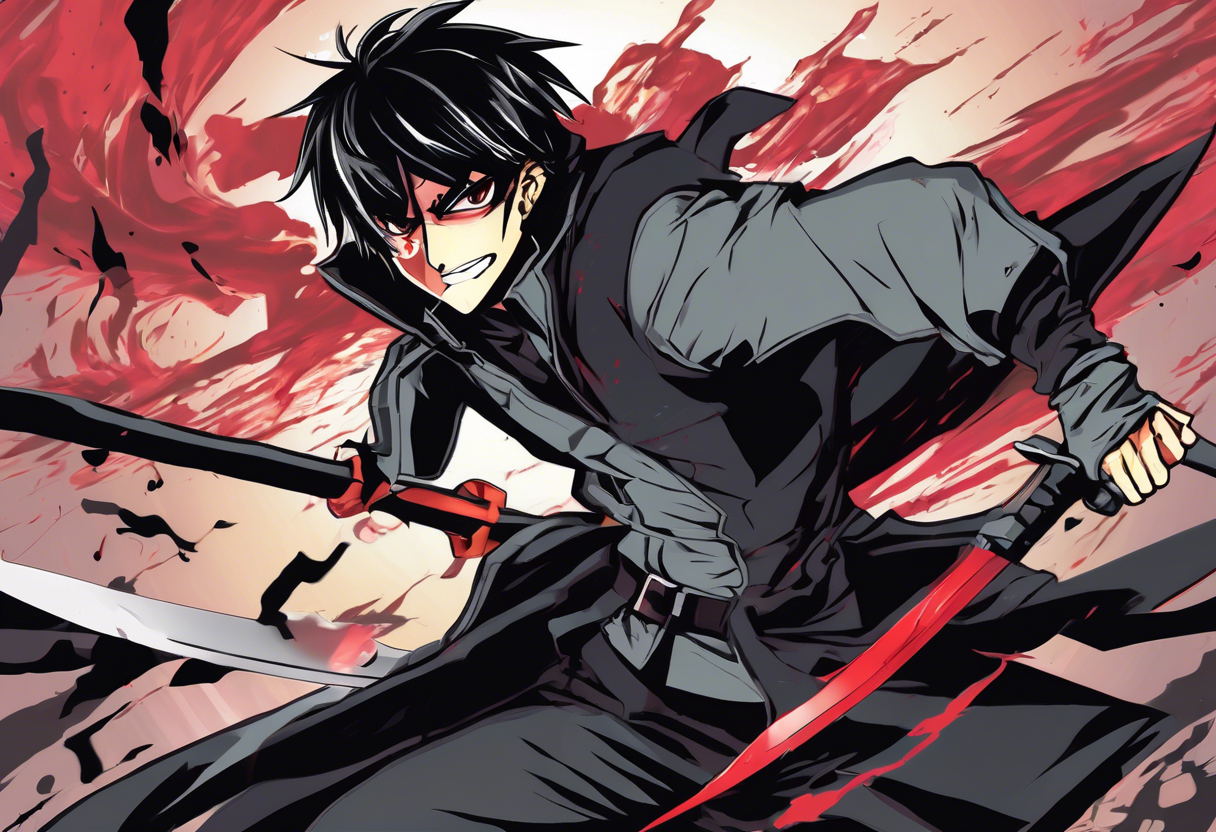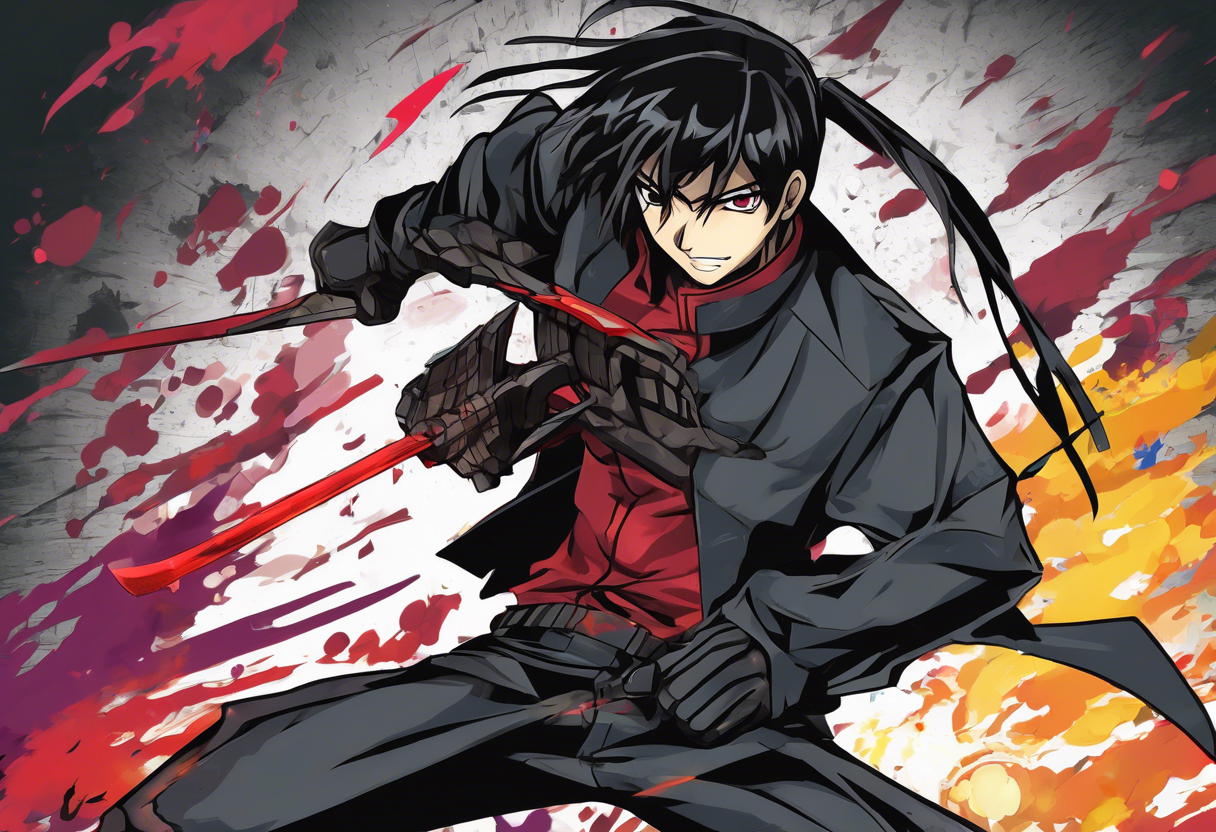Contents
Run from Akame ga Kill!: A Comprehensive Character Analysis
Introduction
Run, a pivotal character in the anime and manga series Akame ga Kill, is a complex and multifaceted individual created by the collaborative efforts of writer Takahiro and character designer Tetsuya Tashiro. Initially introduced as Esdeath’s personal adviser and the butler of the Jaegers, Run’s background and defining attributes make him a crucial element in the narrative.
Before his involvement with the Jaegers, Run was a school teacher in a peaceful village near Joyou. This tranquil life was shattered when his students were brutally murdered by Champ, a future member of Wild Hunt. The Empire’s decision to ignore this incident to maintain a facade of peace led Run to a critical choice: join either the Revolutionary Army or the Empire. He opted for the latter, driven by a desire to reform the Empire from within[2][5].
Run’s character is marked by his gentle personality, strategic intellect, and dedication to justice, which contrasts sharply with the moral compromises he makes as an assassin. His Teigu, "Thousand Mile Flight: Mastema," allows him to grow wings and use feathers as projectiles, reflecting his unique role within the Jaegers[2][5].
Role in the Story
Run’s arc in Akame ga Kill! is characterized by his evolution from a former teacher to a key figure in the Empire’s inner workings. His decision to join the Empire was motivated by a desire to change the system from within, a choice that reflects his strategic thinking and commitment to justice.
Within the Jaegers, Run is seen as the most "normal" member by Wave, due to his calm and gentle demeanor. This normalcy, however, belies a deep-seated determination to uncover and address the corruption within the Empire. Run’s role involves providing counsel to Esdeath and managing the logistical aspects of the Jaegers’ operations[2][5].
One of the pivotal moments in Run’s story is his confrontation with Champ, the man responsible for the murder of his students. This confrontation, which involves Wave and Kurome, results in Run suffering fatal wounds. Despite his impending death, Run manages to transfer his Teigu, Mastema, to Wave, ensuring the survival of his allies. Additionally, he provides crucial evidence that exposes Syura as the mastermind behind the humanoid Danger Beast crisis, leading to the disbandment of Wild Hunt[2].
Character Analysis
Run’s personality is a blend of calmness, strategic thinking, and a deep sense of justice. His gentle nature, as observed by Wave, contrasts with the harsh realities of his role as an assassin. This dichotomy makes Run a complex and conflicted character, driven by altruistic ideals yet forced to make moral compromises.
His motivations are rooted in his past trauma and his desire to reform the Empire. Run’s strength lies in his intellect and his ability to provide strategic advice, which is invaluable to the Jaegers. However, his weakness is his emotional vulnerability, particularly when confronted with the remnants of his past[2][5].
Run’s personal growth is evident in his ability to confront his past and make sacrifices for the greater good. His death, while tragic, is a testament to his commitment to justice and his willingness to protect others. This growth enhances his depth as a character and resonates with the audience on an emotional level.
Themes and Symbolism
Run’s character is deeply intertwined with several themes present in Akame ga Kill. One of the primary themes is the struggle between personal morality and the necessity of making difficult choices in a corrupt world. Run’s decision to join the Empire and his subsequent actions reflect this theme, highlighting the complexities of moral compromise.
Another significant theme associated with Run is the concept of redemption and reform. His efforts to change the Empire from within symbolize the hope for systemic change, even in the face of overwhelming corruption. This theme aligns with the broader philosophical messages of the anime, which often explore the nature of justice, morality, and the human condition[2][4].
The symbolism of Run’s Teigu, Mastema, also deserves mention. The wings granted by Mastema symbolize freedom and the ability to transcend earthly constraints, reflecting Run’s desire for personal and societal liberation.
Cultural Impact
Run’s character has a significant cultural resonance within the Akame ga Kill! fanbase. His unique blend of intelligence, compassion, and strategic thinking has made him a favorite among fans. In fan discussions and forums, Run is often praised for his complexity and the emotional depth he brings to the story.
In terms of appearances in related media or merchandise, Run has been featured in various fan art, cosplay, and fan fiction. His character has also influenced other works within the anime and manga genre, particularly in the depiction of complex, morally ambiguous characters.
Critical Reception
Critics and viewers have responded positively to Run’s character, praising his depth and the emotional impact of his storyline. His evolution from a peaceful teacher to a strategic adviser in a corrupt empire is seen as a compelling narrative arc.
However, some critics have noted that Run’s character, while complex, is somewhat overshadowed by the more central characters like Tatsumi and Akame. Despite this, his contributions to the plot and his symbolic significance are widely acknowledged.
Differing interpretations of Run’s significance also exist. Some viewers see him as a symbol of hope for reform within a corrupt system, while others view him as a tragic figure whose choices ultimately lead to his downfall. These interpretations reflect the multifaceted nature of Run’s character and the anime’s broader themes.
Legacy
Run’s legacy in Akame ga Kill! is profound. He contributes significantly to the narrative by embodying the complexities of moral choice and the struggle for justice in a corrupt world. His character archetype—the intelligent, compassionate, yet conflicted individual—has influenced the development of similar characters in other anime and manga series.
In shaping anime discourse, Run’s character highlights the importance of nuanced character development and the exploration of complex themes. His story serves as a reminder that even in the most brutal of worlds, there are individuals driven by a desire for justice and reform.

